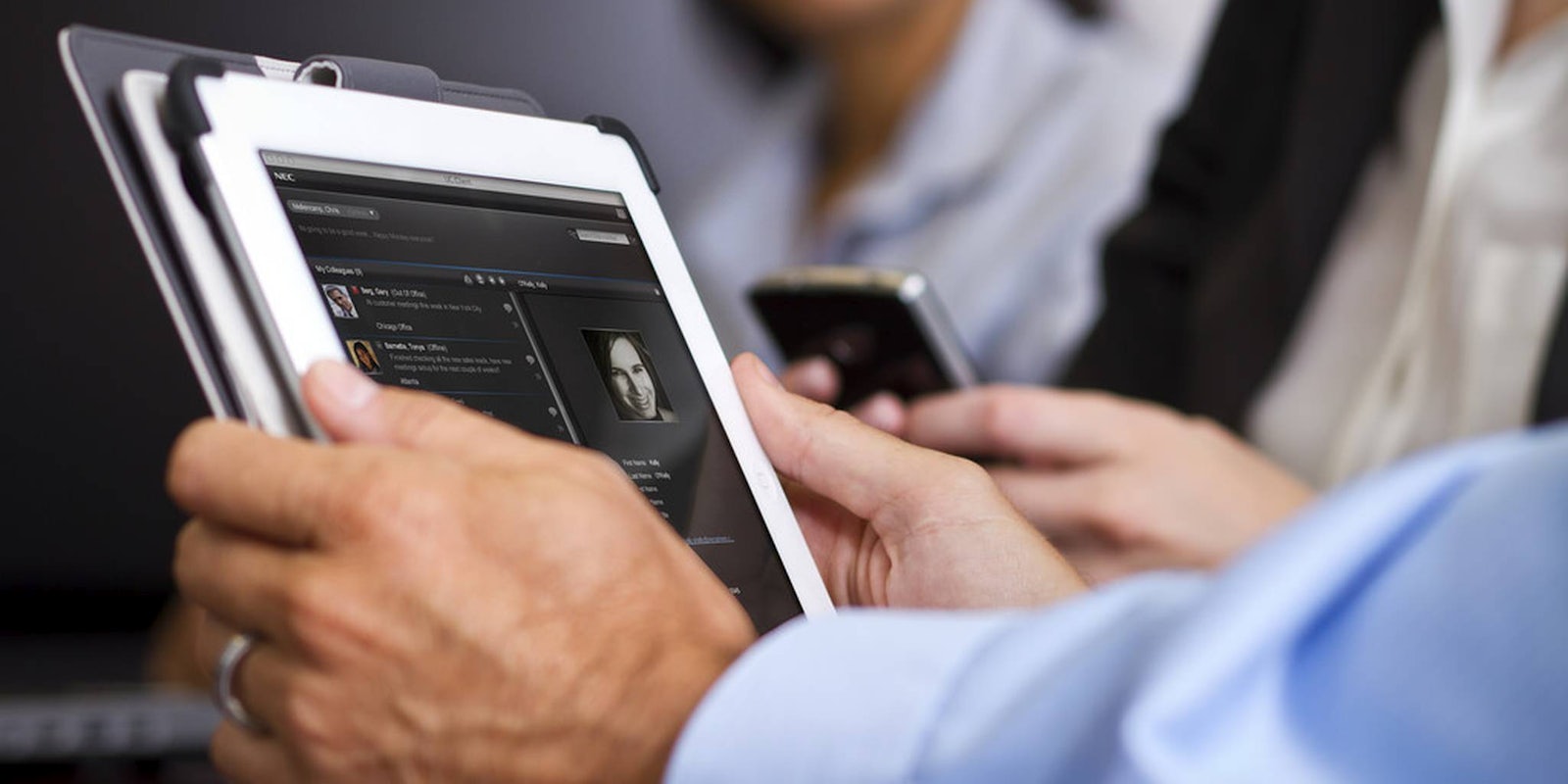Tech companies like Apple often file hundreds of patent applications each year. Sometimes it’s for a product, feature, or design we’ll see turned into reality in a year or three. Other times, it’s an idea that was explored for a time, then abandoned.
Either way, patents published by the U.S. Patent and Trademark Office offer an interesting and exclusive look at the future that could be, and the imaginings that are happening inside some of the country’s most secretive companies.
Take for example, an Apple patent filing published this week outlining a method for making a bendable phone possible. In the patent, Apple describes how a device’s display would be inside a “flexible encapsulation” capable of bending around an axis. This layer would protect the flexible substrate, transistors, and OLEDs of the display. (Apple doesn’t use OLEDs for its displays, citing their poor color accuracy.) In addition to that, another new display layer would act as a filler for tiny pinholes that develop as the display is bent. This would be protected by a moisture barrier, and a polymer coating.
Patently Apple notes a separate patent filing for “transparent strain sensors,” which doesn’t really make sense for the current iPhone (although…), but could be vital in a phone or tablet with a flexible display. These patent filings follow others about bendable mobile devices that came to light in November and from back in 2014, which leads us to believe that Apple is dedicating some noteworthy time and resources into investigating how it could create a bendable iPhone.
While the idea of a phone that could bend in half is exciting for its novelty, it raises questions about function and utility. Would the display bend outwards, like a folded newspaper, or inwards, like flip phones used to do?
With a phone that bends inwards, Apple could create larger smartphones that are still purse and pocket friendly when not in use. For apps such as iBooks, a gently bent display could also offer a more book-like, two-page reading experience. It could also potentially stand on its own on a desk or countertop, balanced on its side. Or perhaps the ability for the display to bend would be more of a subtle comfort thing, so it fits in your hand or pocket more naturally.
If the phone bent outwards, it’s possible that the rear display (which you wouldn’t be able to see) could act as a touchscreen controller for games on the other half of the device. Or perhaps, as we’ve seen in Samsung’s Galaxy Edge line, the technology outlined in Apple’s patents would be used in a smaller capacity—just to enable part of the display to curve around the edge, allowing for shortcuts and buttonless controls.
The mystery and beauty of exploring patent filings like these is that we have no idea what will come of them. It’s incredibly likely that Apple may never deliver on these bendable iPhone explorations, but it’s fun to think about.
H/T Patently Apple


